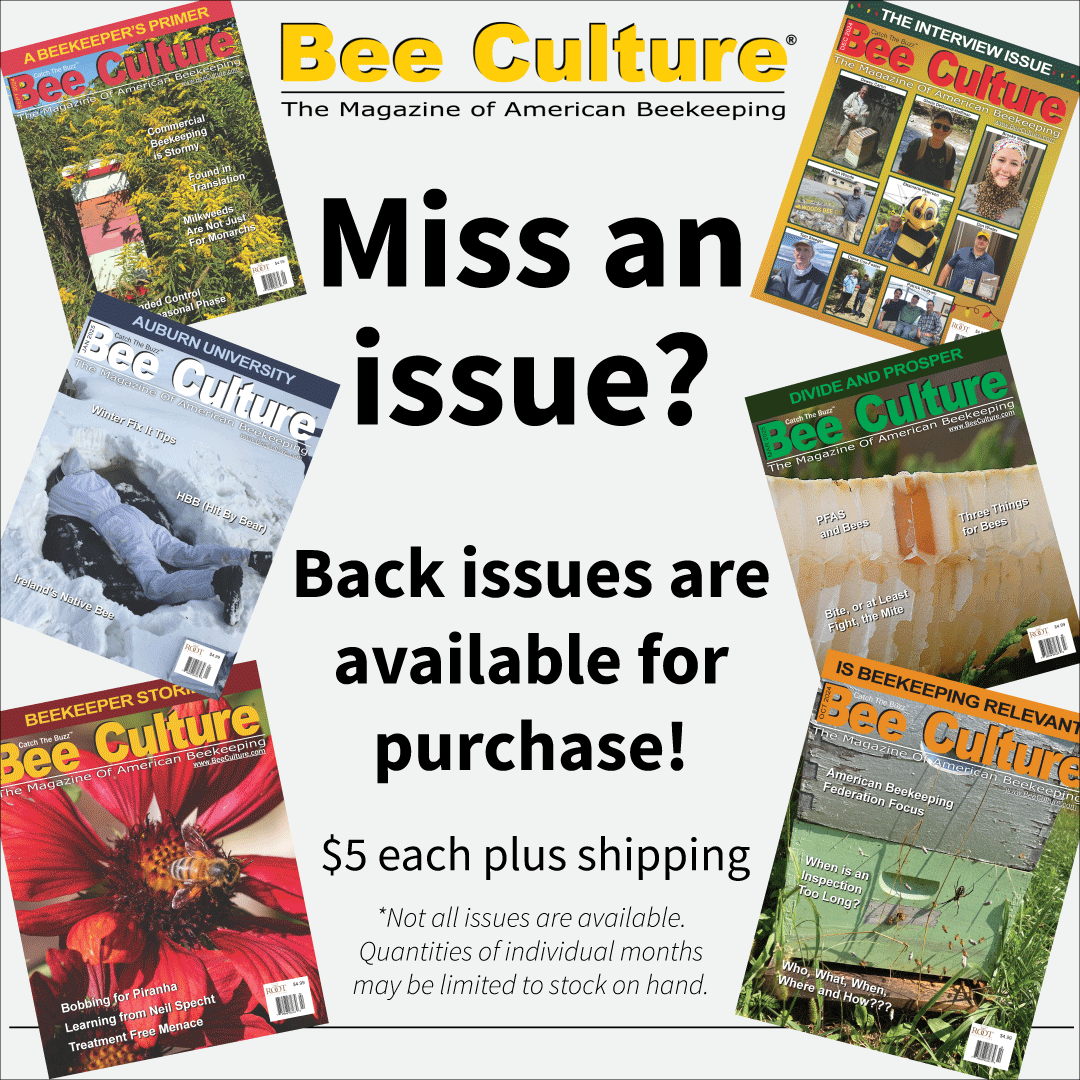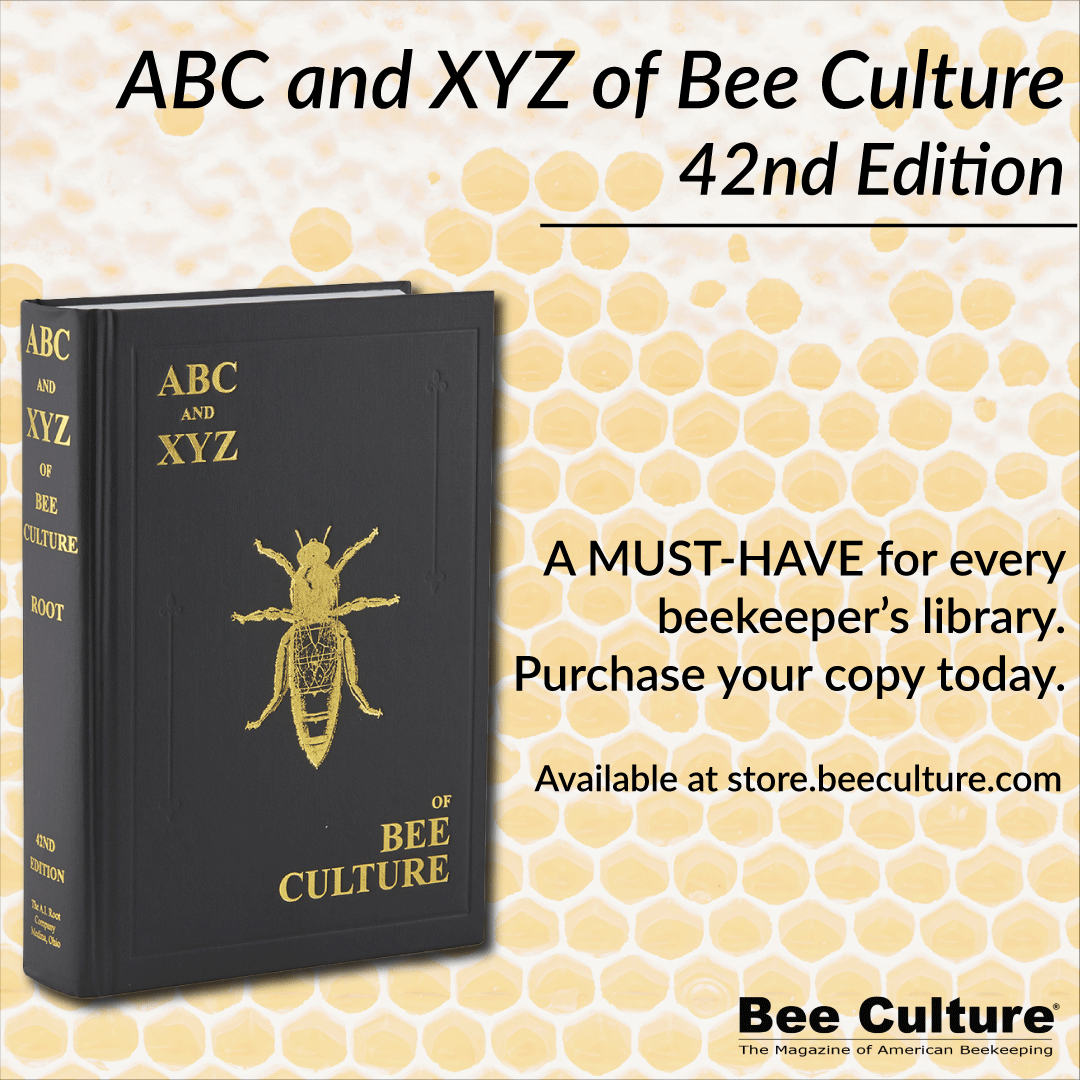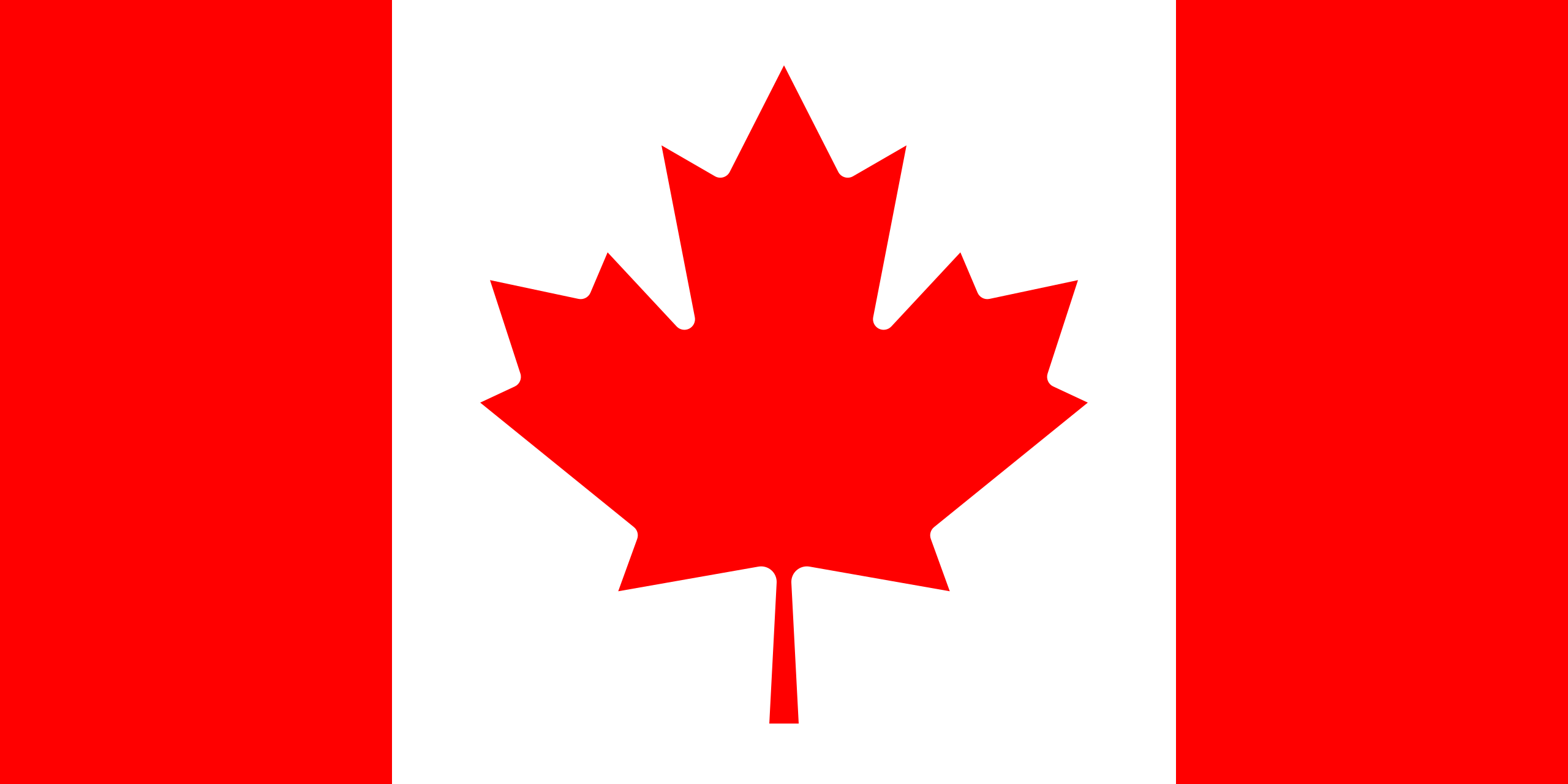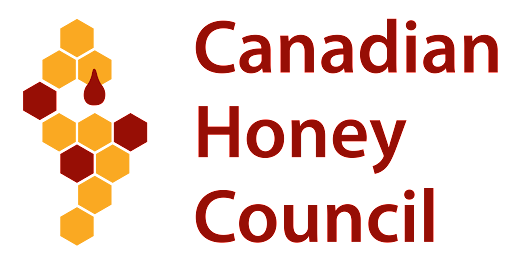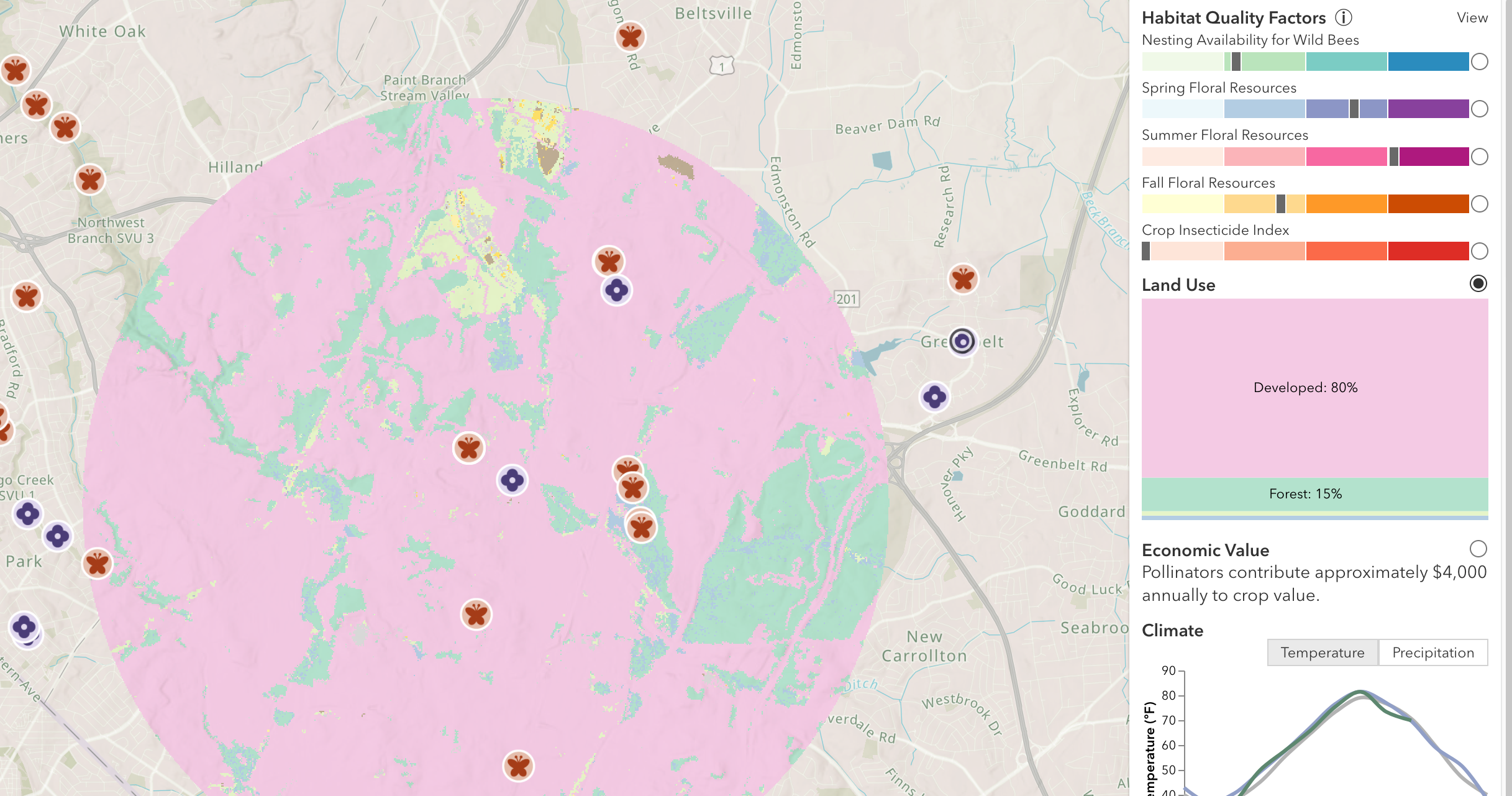Rod Scarlett
Statistics Canada recently released the 2021 Honey Production and Value report and it was a surprise to many of the pessimists out there. Unlike the doom and gloom story that often is produced internationally, both bee numbers and the value of honey production have reached record highs in Canada. According to the Government of Canada website:
“Canadian honey producers harvested 89.8 million pounds of honey in 2021, up 8.0% from 2020. The number of colonies increased by 6.0% from a year earlier to 810,496 in 2021, which contributed to the higher production. The total value of honey sold increased by 39.4% to a record-high $278.0 million in 2021. Lower production and less supply since 2017 contributed to higher prices and value for honey in 2021.
The number of beekeepers grew to 13,105 in 2021, as 1,111 more beginner beekeepers started their honey-making journey this year. Honey exports were down by 13.3% during the first three quarters of 2021 to 12.4 million pounds. Sales from honey exports climbed up by 4.3% to $33.1 million. Over 90% of Canadian honey is exported to the United States and Japan.”
Just ten years ago, over 75% of our export market was to the United States. In 2021, Japan is now our largest customer, and an increased emphasis is being placed on further diversifying our export markets.
A major surprise was the dramatic increase in the number of colonies. Colony numbers were up by over 50,000 over 2020 with the province of Alberta having the greatest increase with over 32,000 colonies. The increase in numbers occurred in spite of the fact that packages from Australia, New Zealand and Chile all but stopped over the last two years because of Covid related transportation issues. While the cost of production continues to rise, it is good to know that for at least this year, losses may not out-strip profit.
For associations, while there was the expectation that everything would return to “normal” after the fourth wave of Covid-19 hit, such was not the case. Many provincial associations held their respective Annual General Meetings this fall and winter and in most cases, it was done with a mix of in-person and virtual participation. However, it did not dampen enthusiasm as the number of participants was seemingly not affected. British Columbia, Alberta, Saskatchewan and Ontario all held their AGM’s with the remaining provincial associations scheduled to have theirs in early 2022. Bee health, stock replacement and labour continue to be issues and will surely be addressed when the Canadian Honey Council has its AGM on February 7, 2022 in Edmonton.

